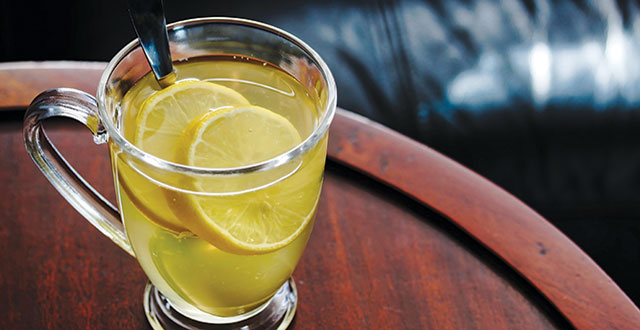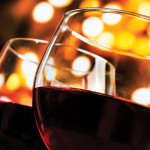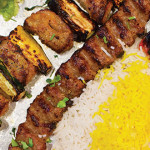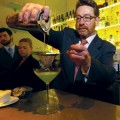Cold weather begs for a warm cocktail. Hot toddies, Irish coffees, hot buttered rum—these seasonal favorites are well known for good reason. But the depth of warm cocktails is vast. Let’s dive into these warm winter wonders and get you up to speed on what to expect when ordering one.
There is a lot of science behind why a hot drink is so delicious. A mug of hot coffee or hot tea in the morning can set the tone for your whole day. A hot drink soothes a sore throat, warms up cold hands and helps to regulate body temperature. As far as warm cocktails go, the formula is similar to any other—start with a spirit, add something sweet and then something to counterbalance that sweetness. When alcohol is warm, the volatile notes of the ethanol can sting the nose, so most warm drinks are rich, bold or elongated to help minimize those effects.
One of the first warm drinks I ever tried was the hot toddy. Although I didn’t have a definitive recipe for one until a few years ago, I found a few common items all hot toddies must have: whiskey, lemon, sweetener and hot water. Some common flavoring elements added to a hot toddy are cinnamon, cloves, bitters, ginger or even tea as the hot element. I prefer to use a honey-ginger syrup and a little bit of an allspice liqueur as the sweetener. Most bars that have piping-hot water can accomplish this drink, but it isn’t always guaranteed. Before ordering a hot toddy, ask the bartender.
The Irish coffee is also well known, but often confused for many other builds. Most believe the simple addition of Irish whiskey to coffee makes it Irish. Some say mixing your java with an Irish cream liqueur like Baileys makes it an Irish coffee. However, the hands-down best preparation of the drink I’ve had comes from the birthplace of modern Irish coffee: the Buena Vista Cafe in San Francisco. I don’t have the column space to get into the dozens of places that claim to have invented the drink, but Buena Vista has been making this drink the same way since the early 1950s.
The recipe for the Irish coffee is simple, but the preparation makes the difference. Add a shot of a quality Irish whiskey to a preheated glass, then add a teaspoon of sugar (a half-ounce of simple syrup works as well). Once the sugar is dissolved, add hot coffee, then top with freshly whipped cream.
The fresh cream is the secret here. You can prepare this very simply. Add an amount of heavy cream to a mason jar, cap it, then shake it vigorously until it nearly doubles in volume. It will still be pourable, but the added air will allow it to float on top of the drink when poured over the back of a spoon.
Another hot drink go-to for the holidays is the Tom & Jerry. This cocktail dates back to the early 1800s and it is something like a warm eggnog. A batter is made with separated eggs, sugar, vanilla and a little bit of magic. The cocktail itself is typically a mix of dark rum, brandy, batter and hot milk. Due to its labor-intensive preparation, it is not a common drink to find in a bar, but that doesn’t stop our friends at Haberdasher. They only serve the Tom & Jerry for a few days a year. This time around,they’ll be mixing the drink Dec. 25-29, so get them while you can. Haberdasher is also featuring a selection of hot toddies through the middle of January.
Lastly, my current favorite warm cocktail to have around the holiday is a simple add-this-to-that kind of preparation—which is exactly the type of drink I usually try to make more complicated. However, this one is just perfect on its own: Chartreuse and hot chocolate. Chartreuse is a French herbal liqueur that is extremely complex in flavor, with sweet, savory and spicy notes. A few years back a friend of mine introduced it to me, and I haven’t had a holiday season without making some since. This certainly isn’t easy to find in a bar, either, but try making it at home on a cold night when you’re looking to get cozy.
Irish Coffee
1½ oz Irish whiskey
½ oz simple syrup
4 oz hot coffee
Fresh whipped cream
In a preheated Irish coffee glass, add whiskey, then syrup, then coffee. Float the cream on top using the back of a spoon.

 Local Wines Make a Great Holiday Gift
Local Wines Make a Great Holiday Gift  Eat Well, and Healthy, on a Budget in the New Year
Eat Well, and Healthy, on a Budget in the New Year 


